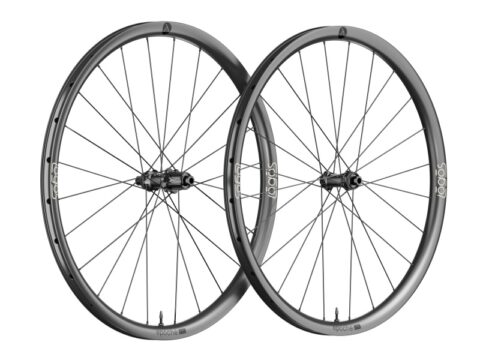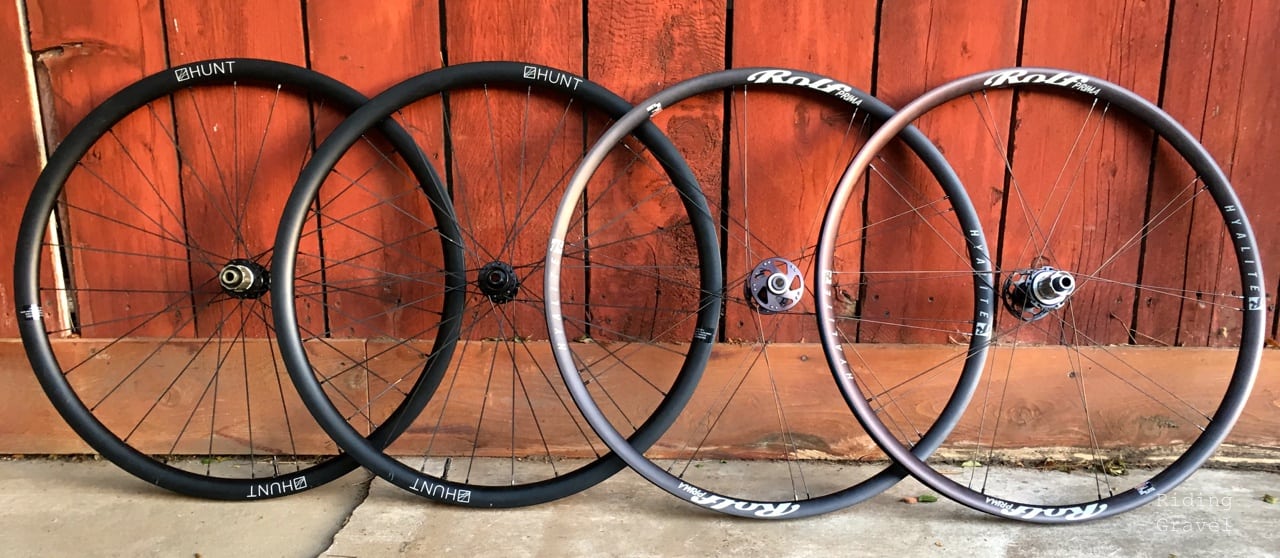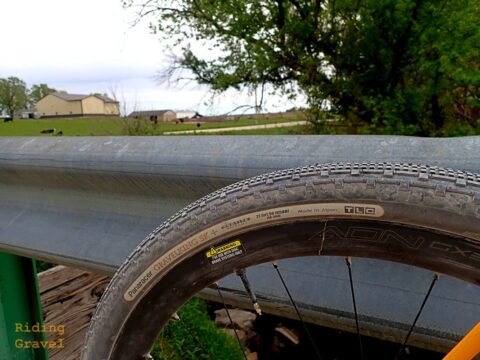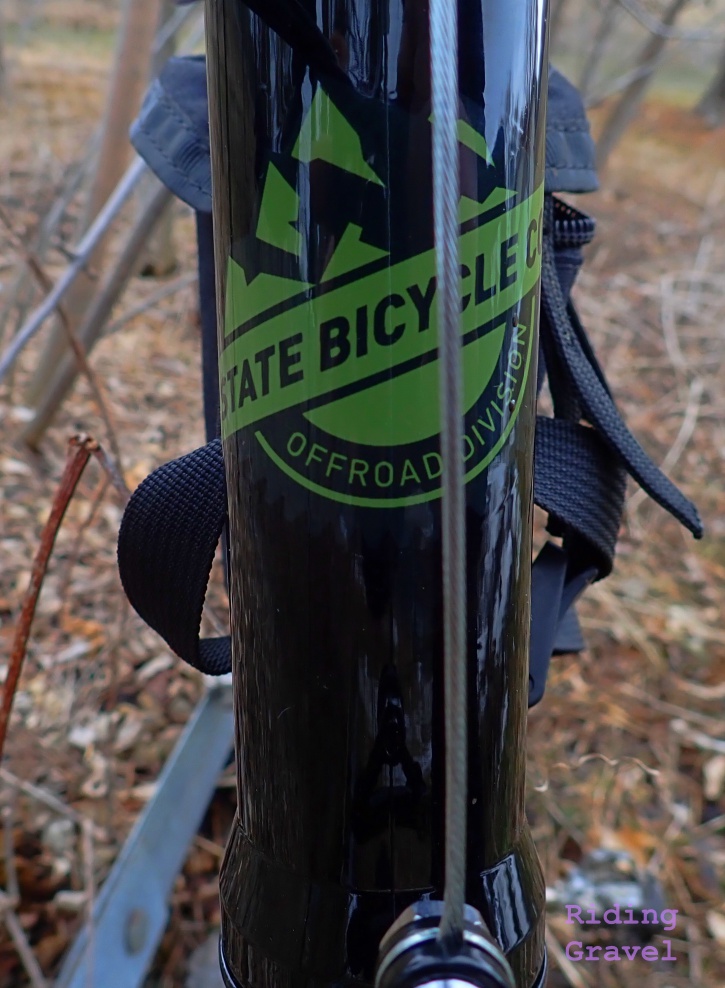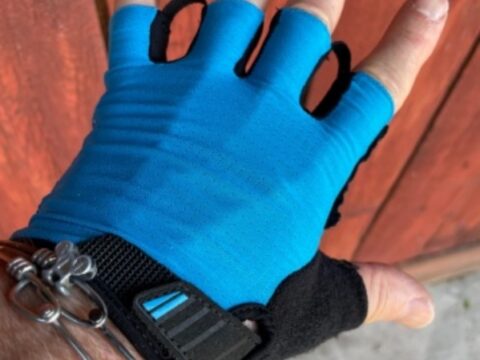Fizik Antares, Vento Argus Saddles & Terra Atlas Shoes – Quick Review – by Grannygear
Note: Grannygear received the Fizik saddles and the shoes in this review at no charge for test and review. He was not paid nor bribed for this review and he always strives to give his honest thoughts and opinions throughout.
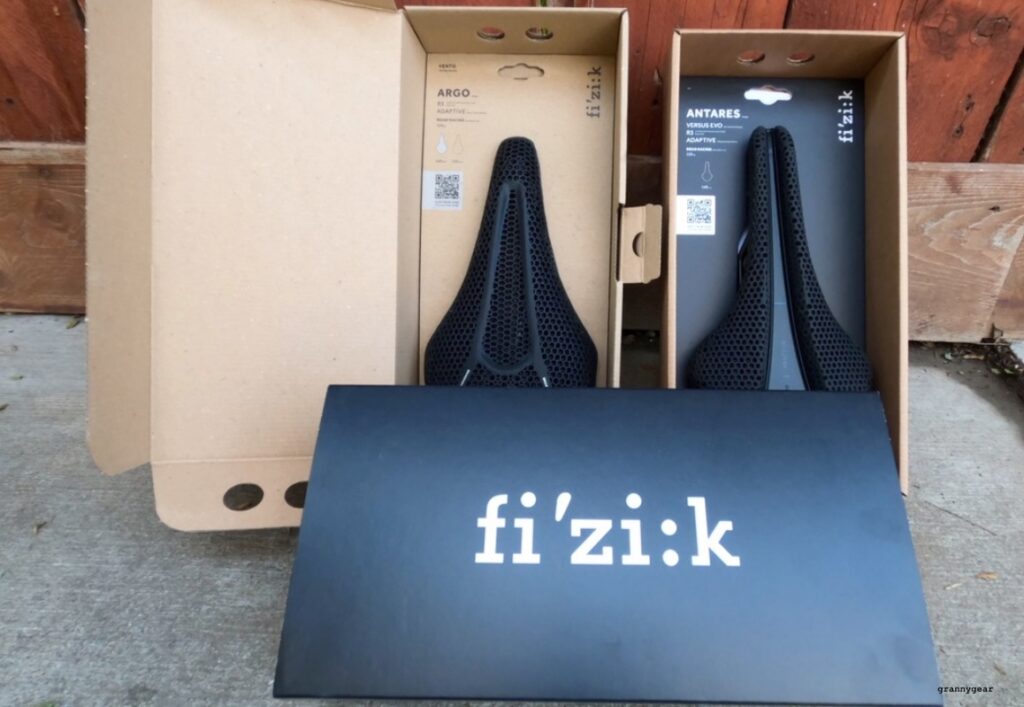
I have two Fizik saddle models to sample. One is the Antares Versus Evo R3 Adaptive and the other is the Vento Argo R3 Adaptive. They share the same tech as far as the construction goes with hollow metal saddle rails called Kium and a carbon-reinforced nylon shell with a 3D printed padding area.
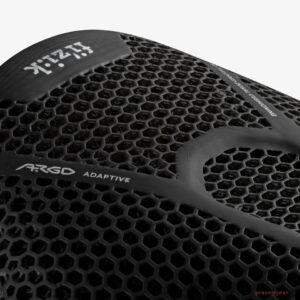
From the website:
- Adaptive: Carbon® Digital Light Synthesis™ 3D printing technology, offering seamlessly engineered zonal cushioning
- Versus Evo: Engineered with a degree of flexibilty and a full channel design for pressure relief on soft tissue area
- Argo: versatile short-nosed saddle that encourages stability and relieves pressure on soft tissue
- R3: A combination of a ride compliant carbon reinforced nylon shell and a Kium hollow rail with high strength-to-weight ratio grad
- Intended use: road racing
- Concepts: this is a product of the fizik Concepts programme, a cross-disciplinary collaboration of leading industry experts and academics carrying out research and analysis on technology, design, physiology and bikefitting in search of ways to improve cycling performance.
And more on Adaptive and the Zones:
| 3D-PRINTED PADDING The evolution of digital 3D printing has allowed us to develop a new saddle without the constraints or limitations imposed by traditional production methods and materials. The Adaptive saddle padding is crafted by Carbon using their revolutionary Digital Light Synthesis technology. DLS is an additive manufacturing process which uses digital ultraviolet light projection, oxygen permeable optics and programmable liquid resins to produce parts with excellent mechanical properties, resolution, and surface finish. TAILORED ZONAL CUSHIONING Using Carbon technology, biomechanics and engineers have an unprecedented possibility: to design and manufacture multiple functional zones within the saddle, tuning each of them separately for specific mechanical properties. Each of these key functional zones is engineered for a distinctive cushioning and mechanical response, joined together progressively and seamlessly in the same padding. The result? A 60% reduction in peak pressure through improved weight distribution for increased comfort across the entire saddle surface. |
Before we dive in, let me restate the obvious. Saddles are a very individual item, in that one person may love a certain one and the next person hate it. Neither are wrong, it just relates to one’s butt preference, body position, flexibility, yada, yada. So keep that in mind.
Prices on these are not listed on the fi’zi:k website at this time, but the marketplace seems to point to a $250.00+/- cost. But don’t hold me to that.
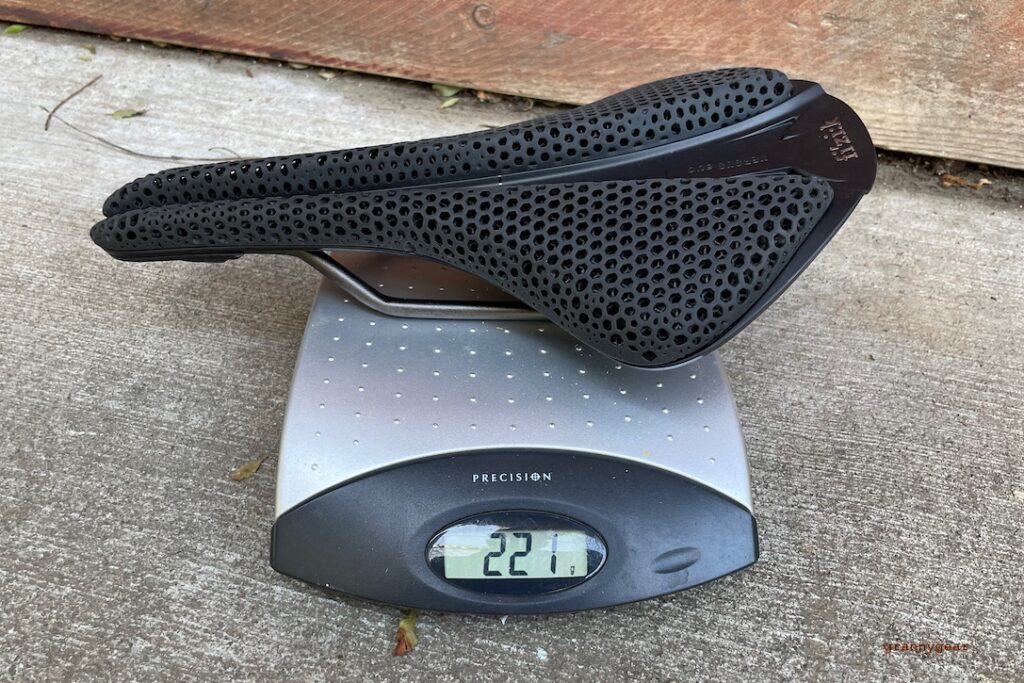
Antares Versus Evo R3 Adaptive: Ummmm, no thanks. https://www.fizik.com/eu_en/antares-versus-evo-r3-adaptive.html
This saddle wins the award for the longest saddle name in the review. Man, I never could remember all that word salad…it’s like the marketing folks took over the command deck of the fi’zi:k ship and had their way for a while. Pirates are bad news. Pirates with marketing degrees even more so.
This saddle is kind of a long and lean shape with a very aggressive empty middle channel to it for pressure relief. You could fit two swollen prostates in there with room to spare.
The rails are also long so it’s easy to get it fore and aft as you like. I weighed it at 221g in the 149mm width.
I first thought this might be a good option for a road saddle for me. My saddle of choice for the road as of now is a Ritchey Skyline. So the Versus Evo seemed a close cousin.
However, I really did not care for the shape at all. It felt like I was perched on top of two rails of padding and would fall off if I shifted things around. Very unpleasant. Definitely a no-go, and that feeling never went away until I removed it and banished it to the box-o-saddles in the garage.
As well, I was not so crazy about the rather sharp edged plastic section at the tip of the tail end. That was quite thin and somewhat sharp. I would not want to contact that with my soft parts in any kind of crash.
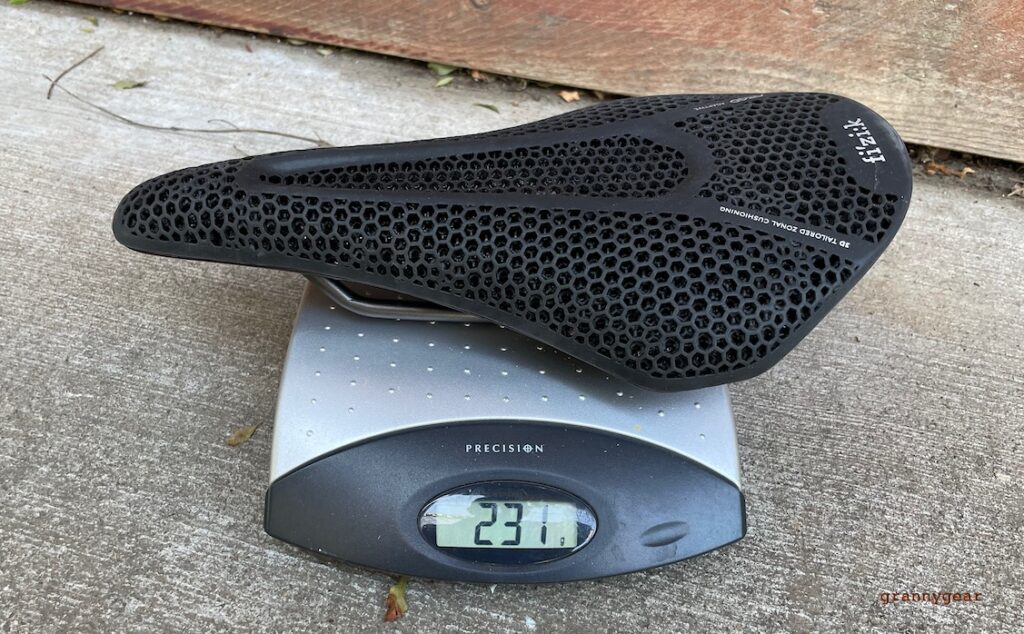
Vento Argo R3 Adaptive: Mo’ bettah! https://www.fizik.com/eu_en/vento-argo-r3-adaptive.html
Now this is a much different shape, more along the lines of the shorter nosed way of doing a saddle. I used this on the Lynskey gravel bike as it seemed like it was closer to the shape of my current and much loved WTB Gravellier saddle.
I weighed it at 231g in the 140mm width.
This one was actually quite good to use. The highest compliment of a saddle is that you do not notice it and that was true MOST of the time with this Vento Argo. If this was the last saddle on earth, I could use it and be pretty OK with that.
It is nicely compliant and it took a lot of chatter out of the rides I did and I want that in a gravel bike saddle. There was plenty of pressure relief as well.
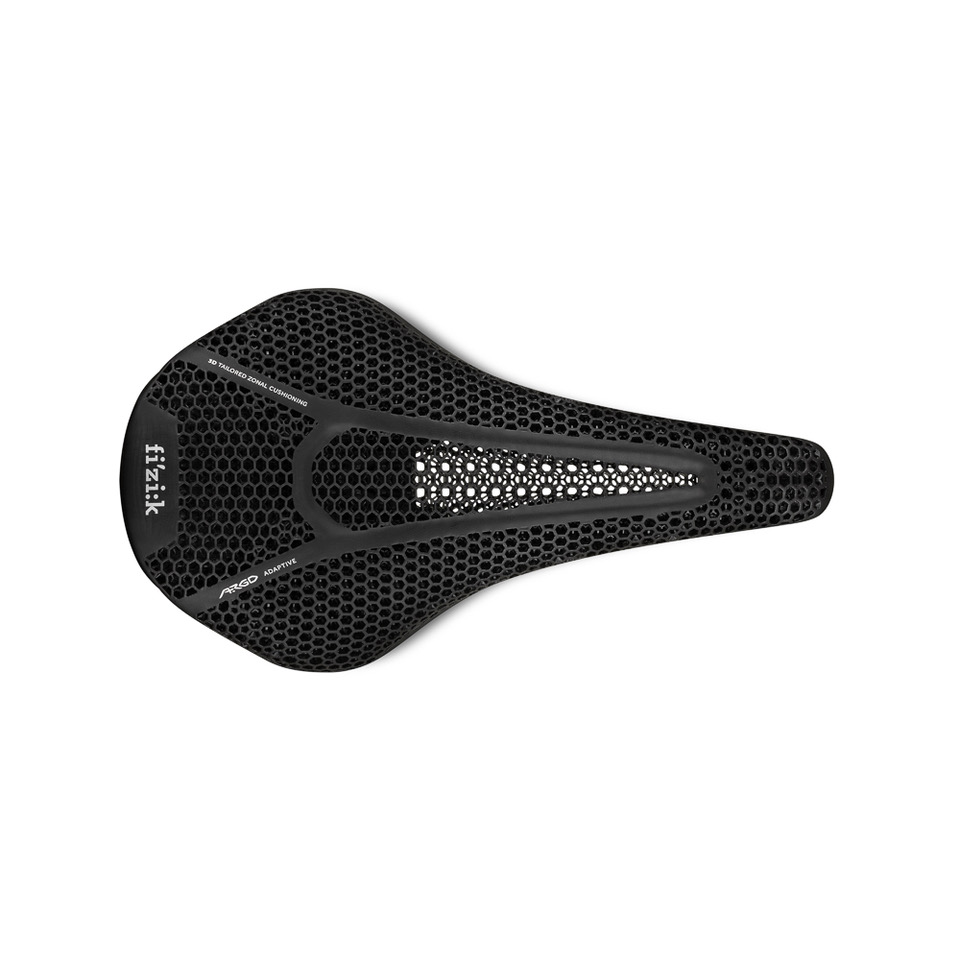
Three things stood out to me about it that were slightly negative but worth mentioning:
- I felt like was slipping off the back of it unless I ran it nose down a few degrees more than what I would have expected. I am not sure if it was flex in the structure or I needed more of a kick at the back for support, but I noticed it.
- Sometimes I would feel the surface of the saddle like a mild cheese grater if my skin or the non-chamois part of my shorts rubbed against it. It was not bad, but it was there.
- The zones created by the 3D construction, separated by those grey lines on the saddle, are rather sharply defined and you can tell when you move from one to another.
Other than those things, as I said, I could use this just fine, but for now, the WTB saddle remains in place on my gravel bike. In my opinion, this was not an improvement over a standard saddle made in the ‘normal’ way of doing things.
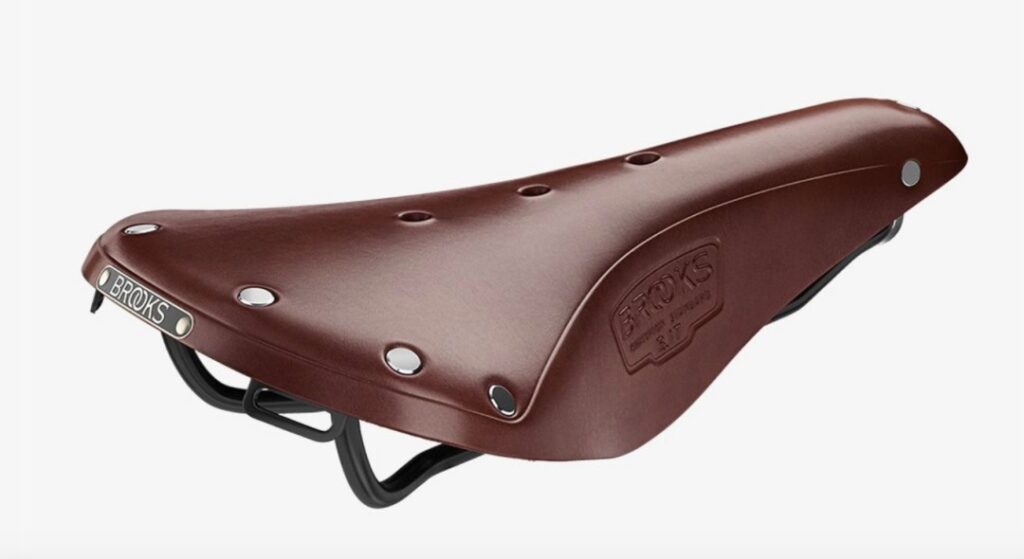
Is new tech always better?
And that brings me to some thoughts.Have you ever seen a Brooks saddle? The classic one? Or a Selle Anatomica? Those are oooolllld tech. Basically a slab of leather stretched across steel rails. Heavy. Odd looking. Durable. And much loved by thousands of riders.
Truly old tech.
And then I have my two personal saddles, the Ritchey Skyline and the WTB Gravellier. Both are ‘conventional’ construction and, in my opinion, both better to ride than the new tech 3D saddles, at least in these iterations.
As well, both of the ’normal’ saddles are lighter and cheaper then the new kids on the block I am testing.
So I do wonder if my findings are representative of the breed or just the Adaptive version of this 3D tech. Anyway, it has me thinking that old cow hide over steel springs is still viable in a zippy new world.
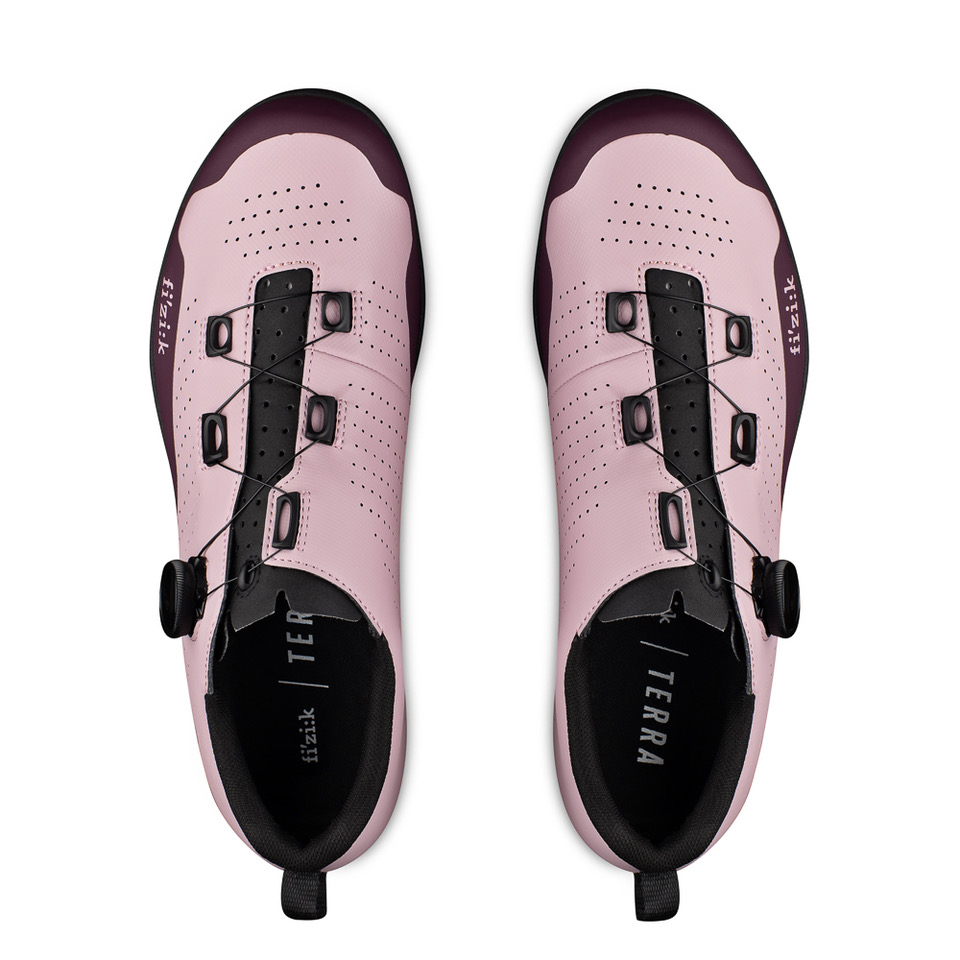
The Terra Atlas shoe: Cool vibe but a bit disappointing overall. https://www.fizik.com/us_en/terra-atlas.html
When I saw the color-way of these shoes at Sea Otter, the Pink/Grape/Black scheme, I was smitten.
Daddy likes!
But using them has been just so-so, no matter how cool they look. First though, the details.
From the website:
A true all-terrain, all-road cycling shoe designed with a more generous fit for endless comfort, from gravel tracks to MTB trails, all-day adventures to extended bikepacking escapes, for riders who know no borders.
- L6 BOA® Fit System
- X5 nylon outsole – with rubber tread, stiffness index 5
- Weight: 355g
- Sizes: 36-48 (37 to 47 also in half sizes)
Retail USD $159.99
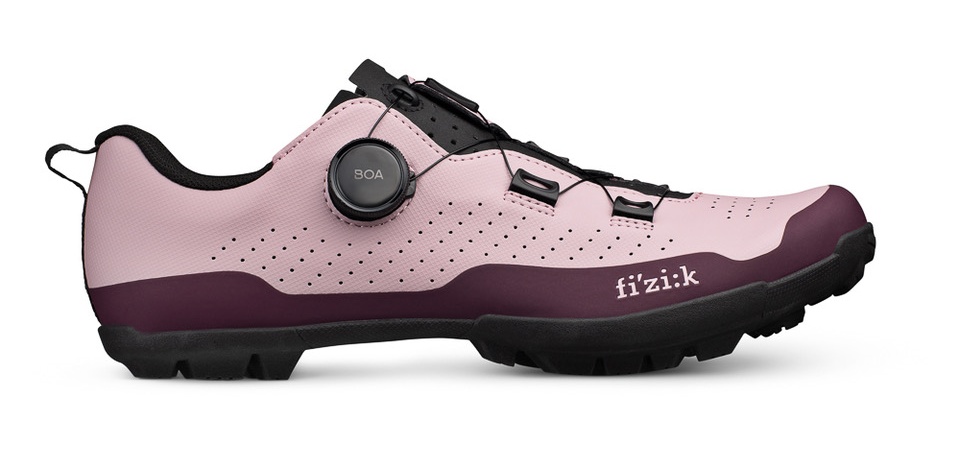
One thing I noticed right away was the lack of support on the insole. It’s pretty tame compared to what I have in other shoes from Specialized and Bontrager, but that is an upgradeable part of the shoe. And not everyone wants a more aggressive arch or metatarsal support, so there is that.
But it is worth mentioning.
The Boa dial is a plus and getting into and out of them was eezy-peezy. I did have a 1/2 size larger than I would have liked and that made it hard to do evaluate them fit wise, but I did find some things that I noticed regardless of sizing.
They are quite good to hike-a-bike in. The sole is a 5 on the fi’zi:k scale of stiffness (presuming a 10 is da’ bomb stiff) and so that, combined with the walkable, soft rubber lugs, makes for a good scrambling shoe. Beware the ultra stiff racing shoes on portage days!
There are embossed little dots of rubber on the inside of the heel to help with heel slippage when using the shoes, but I found them to be pretty ineffective. The ‘cat’s tongue’ fabric on other shoes I have used is better for that use.
The Boa dial is a nice touch but the knob is hard plastic with little purchase on the knob itself, so when you are riding and you want to de-tension the fit of the shoe, you need to pull out the Boa dial until it releases, then go about finding the right pressure…press it back in and adjust, etc. I had a hard time grabbing the dial and releasing the tension (popping the dial/button out) while riding, especially with long fingered, thin gloves on.
I weighed them. They are on the heavy side of my closet of shoes at 457g +/- each (with cleats), but it’s not a huge margin.
When it was all said and done, they just did not really do anything so well that I was interested in keeping them on my feet long term. Perhaps the 1/2 size too large of a fit was to blame and so I have to call that out as a possibility, but I did run them with an upgraded insole for a while and that took up some of the room in the shoe.


